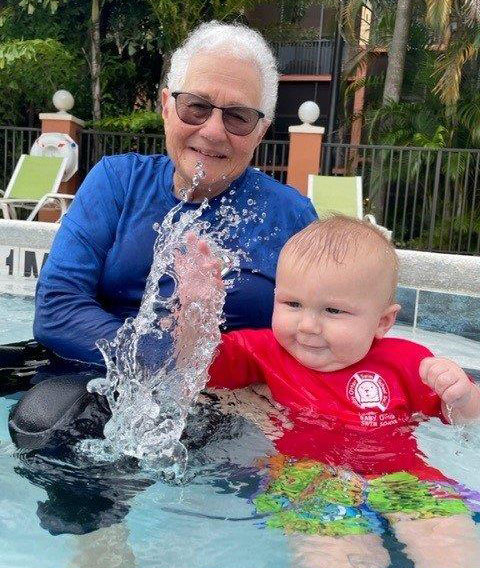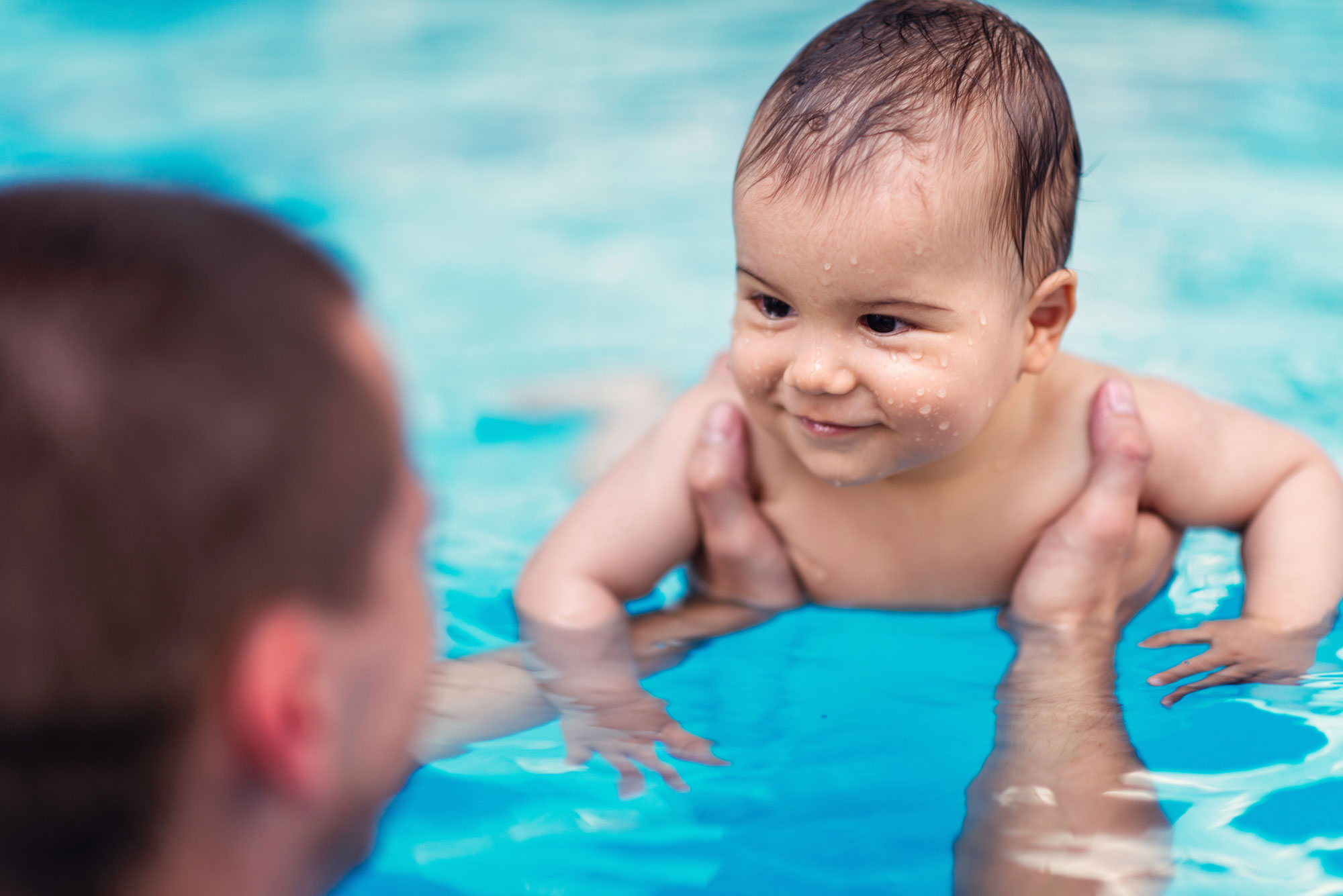Everything You Required to Know About Swimming Lesson for Beginners: A Comprehensive Overview
Understanding the principles of swimming lessons for novices is essential for fostering both safety and security and ability development in the water. Picking a certified trainer who highlights an encouraging understanding atmosphere establishes the phase for success. As beginners begin on this water journey, grasping essential techniques such as breathing and body positioning ends up being paramount. Nonetheless, the path to ending up being a certain swimmer is commonly laden with challenges, consisting of the usual concern of water. What methods can be employed to make sure a positive and enriching experience for those simply starting?
Significance of Water Safety And Security
Water safety and security is paramount for any individual venturing into water atmospheres, especially novices. Recognizing the prospective threats associated with water tasks is essential to guarantee a enjoyable and secure experience. Stats show that sinking remains a leading reason for accidental death, emphasizing the need for increased understanding and preventive actions.
The primary step in water safety involves recognizing the significance of guidance. Adults must always maintain a close eye on kids and unskilled swimmers, as also shallow water can pose significant risks. In addition, wearing ideal flotation protection devices, such as life vest, is important, specifically for those who are not yet positive in their swimming abilities.
Another critical aspect is acquainting oneself with the certain setting. Each body of water has unique attributes, consisting of currents, tides, and temperature, which can impact security. Swimmers must likewise be conscious of weather and potential risks, such as immersed objects or unexpected adjustments in depth.
Locating the Right Trainer
Choosing a certified teacher is an important step in ensuring a safe and effective learning experience for beginners. When looking for a teacher, consider their qualifications and experience. Search for individuals who are certified in CPR and First Aid, as well as those who hold recognized swimming teaching credentials, such as those from the American Red Cross or YMCA.

In addition, analyze the trainer's communication skills. They need to have the ability to communicate guidelines plainly and show methods successfully. A link in between the trainer and the learner can improve inspiration and promote a positive learning environment.
Last but not least, take into consideration logistics such as class dimension, location, and organizing. Smaller class dimensions commonly allow for even more individualized focus, which can be advantageous for newbies. By very carefully evaluating these variables, you can locate a teacher who will add to an effective swimming experience.
Necessary Swimming Strategies
Mastering necessary swimming methods is critical for newbies aiming to construct confidence and effectiveness in the water. The foundation of reliable swimming hinges on mastering the standard skills that boost both security and enjoyment throughout method.
Among the very first strategies to concentrate on appertains breathing. Newbies must learn to exhale underwater and breathe in rapidly when turning their heads to the side, making certain a constant rhythm that sustains endurance. Furthermore, body positioning plays a vital function; swimmers ought to keep a streamlined position, keeping the body level and horizontal to reduce drag.

Last but not least, comprehending the significance of buoyancy can not be forgotten. Grasping floating strategies will certainly boost comfort and security in the water. By concentrating on these vital methods, beginners can develop a strong swimming structure, setting them up for better success in future lessons and advanced abilities.
Different Swimming Styles
Numerous swimming styles exist, each offering unique strategies and advantages that accommodate various preferences and objectives. The four main strokes-- freestyle, backstroke, butterfly, and breaststroke-- develop the structure of affordable swimming and leisure practices.
Freestyle, additionally referred to as the front crawl, is identified by a flutter kick and rotating arm activities, permitting optimal rate and performance. It is commonly one of the most prominent option for novices because of its simple strategy and adaptability in numerous water setups.
Backstroke, performed on the back, utilizes a similar flutter kick but makes use of a windmill arm activity. This stroke improves body positioning and promotes leisure in the water, making it an exceptional option for those who might really feel anxious while swimming.
Breaststroke features a frog-like kick and simultaneous arm activities, advertising a slower rate that permits improved breathing control. This stroke is especially beneficial for beginners as it encourages an all-natural rhythm.
Lastly, the butterfly stroke, recognized for its tough method, integrates a dolphin kick and synchronised arm motions. While advanced, grasping it can considerably boost general swimming proficiency. Welcoming these varied styles can lead to an all-round swimming experience.
Conquering Common Difficulties
Although swimming can be a gratifying task, newbies typically experience various challenges that may impede their development and satisfaction in the water. Begin by accommodating to the water in shallow locations, and practice breathing strategies outside of the water to construct self-confidence.
One more challenge is mastering standard techniques, such as drifting and stroke his explanation mechanics. Beginners need to concentrate on proper body alignment and breathing patterns. Utilizing flotation tools can help in establishing a feeling of equilibrium while practicing stroke fundamentals.

Finally, finding an encouraging atmosphere, whether through group lessons or one-on-one training, can significantly boost understanding. Constructive feedback and motivation are essential for overcoming challenges and promoting renovation. By dealing with these common concerns head-on, newbies can cultivate a favorable swimming experience and development at a comfy pace.
Final Thought
In recap, swimming lessons for novices encompass crucial components such as security, efficient instruction, and proficiency of necessary methods. Emphasis on core abilities, including breathing and body positioning, help in creating confidence in the water.
Recognizing the principles of swimming lessons for newbies is important for promoting both safety and security and skill advancement in the water.Water security is paramount for any person venturing right into aquatic settings, specifically beginners. Arm activities have to additionally be collaborated with the kick; novices ought to discover the relevance of reaching onward and drawing via the water properly.
Although swimming can be a rewarding task, newbies usually encounter different pop over to this site obstacles that may hinder their progress and pleasure in the water. Start by accommodating to the water in superficial areas, and practice breathing methods outside of the water to construct self-confidence.